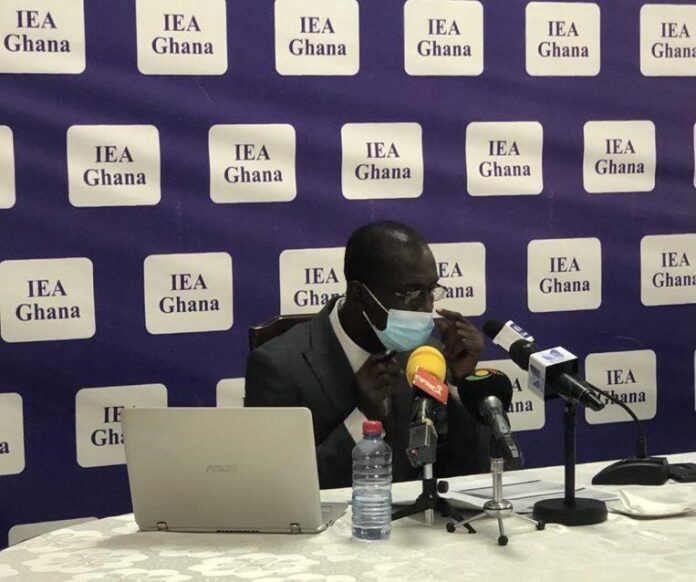
If the more than six-decade-old economic collaboration between Africa and China is to progress any further, there is a need for states on the continent to demonstrate more responsibility in the partnership – while China must be more transparent in its dealings.
This is according to the Director of Governance and Administration at the Institute for Economic Affairs (IEA), Dr. Samuel Darkwa – who argues that there is more to gain for both parties from a balanced and mutually beneficial partnership than from a lopsided one, particularly in a pandemic-era world.
He shared these thoughts at a symposium organised by the IEA on the Forum on China Africa Cooperation (FOCAC), which had as its theme ‘FOCAC as a Vehicle for Infrastructural Development in Africa’.
Dr. Darkwa noted that the partnership is crucial in bridging the yawning infrastructure gap on the continent, adding that success for the Africa Continental Free Trade Area (AfCFTA) largely hinges on improved infrastructure.
Currently, it is estimated that collectively the countries of Africa need to spend US$130-US$170billion per year to meet their infrastructure needs. However, according to the African Development Bank, there is a constant deficit of between US$68-US$108billion.
“Africa has always had a need for infrastructure, and this infrastructure deficit has and continues to lead to so many losses – including up to 40% of produce lost post-harvest. This also increased our cost of trade, even the AfCFTA’s success depends largely on infrastructure,” he said.
He however admonished countries on the continent to take a cue from the Nairobi-Mombasa railway project, which will ultimately connect Kenya to Uganda, Burundi and South-Sudan – and saw Kenya exercise agency in demanding that up to 40% of resources used for the project were to be sourced locally. Similarly, the Moi International Sports Centre saw Kenya bear approximately 48% of the US$50million project.
Describing it as the ideal model, Dr. Darkwa said: “Kenya exercised agency and did not leave it all to China… this is what our governments need to do during negotiations”.
History
Tracing its roots to the years following independence across African states, the Sino-African partnership has blossomed with China is now ranked as Africa’s biggest trade partner – with trade in excess of US$200billion annually. According to multiple sources, there are more than 10,000 Chinese-owned firms currently operating across Africa with a combined value of some US$2trillion. In 2018 alone, China delivered a US$60billion aid package to Africa.
Despite these impressive figures, there have been concerns about what is deemed unfair practices by China: such as the use of materials sourced from China, including skilled and unskilled labour, a disregard for domestic legislation as well as a rising infrastructure-related ‘debt trap’. As a case in point, the US$4billion Addis Ababa-Djibouti Railway project, which ended up costing Ethiopia nearly a quarter of its total 2016 budget.
Also, in 2012 the IMF stated that up to 15% of Africa’s external debt was owned by China. This has led many to question the propriety of China’s US$1trillion Belt & Road Africa Infrastructure Fund.









